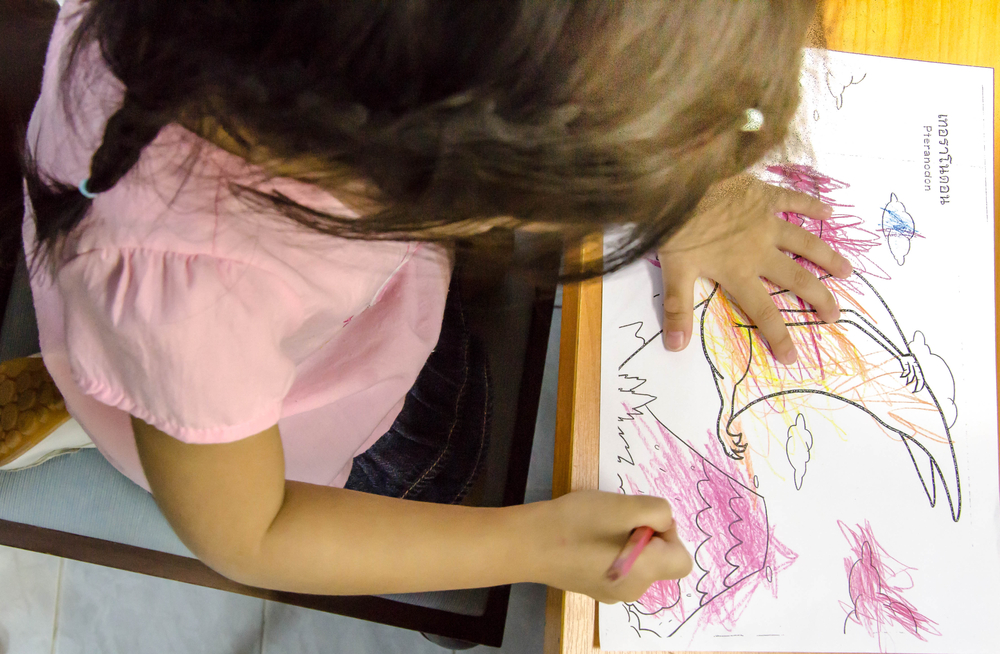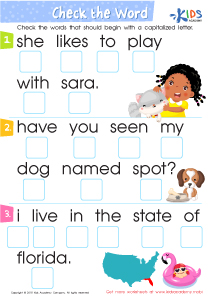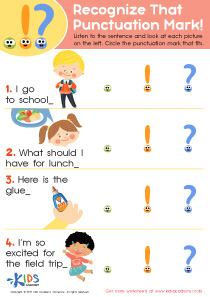Vocabulary Building Normal Writing Worksheets for Ages 3-9
8 filtered results
-
From - To
Discover our engaging Vocabulary Building Normal Writing Worksheets designed specifically for children ages 3 to 9! These interactive resources help young learners enhance their vocabulary while improving their writing skills. Each worksheet is crafted to promote language development through fun activities, including word associations, fill-in-the-blanks, and context-based exercises. Perfect for classrooms or at-home learning, our worksheets encourage creativity and critical thinking. As children explore new words and their meanings, they gain confidence in their writing abilities. Start fostering a love for language in your child today with our easy-to-use vocabulary building worksheets that make learning enjoyable and effective!
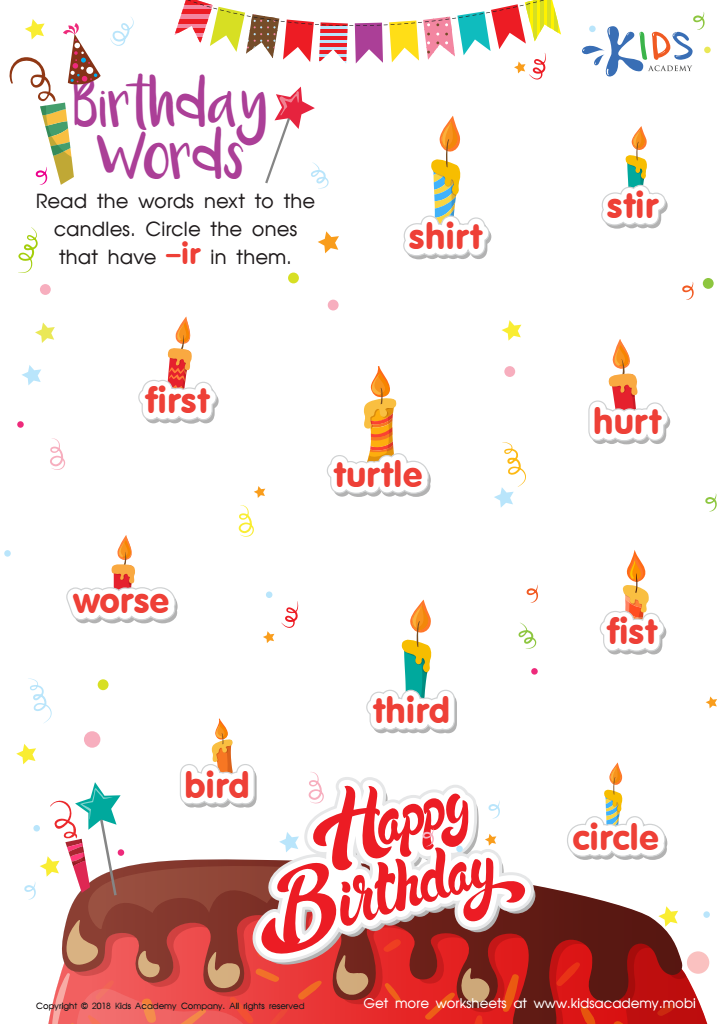

Birthday Words Worksheet


Dog Worksheet Sight Words Worksheet
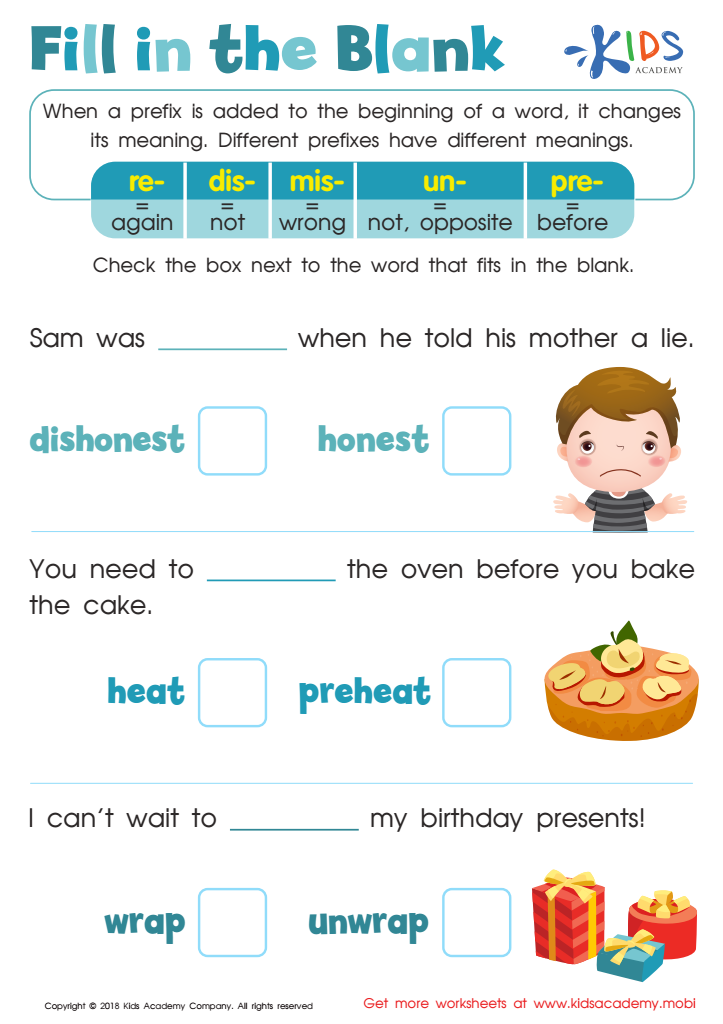

Reading: Fill in the Blank Worksheet


Long and Short Vowel E Spelling Worksheet
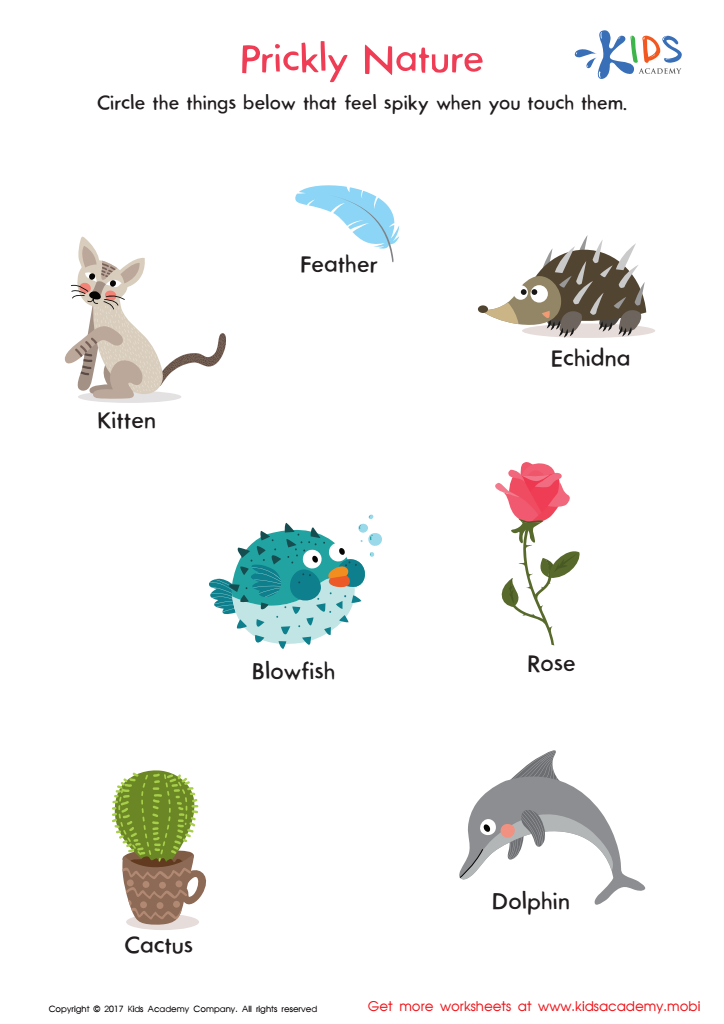

Prickly Nature Worksheet
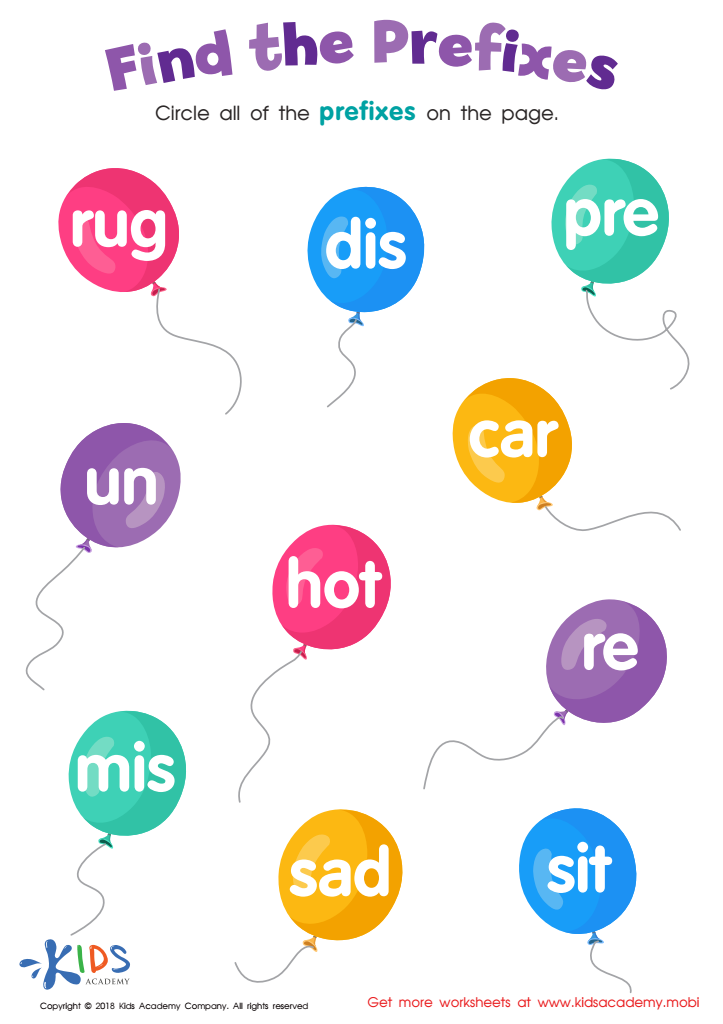

Reading: Find the Prefixes Worksheet
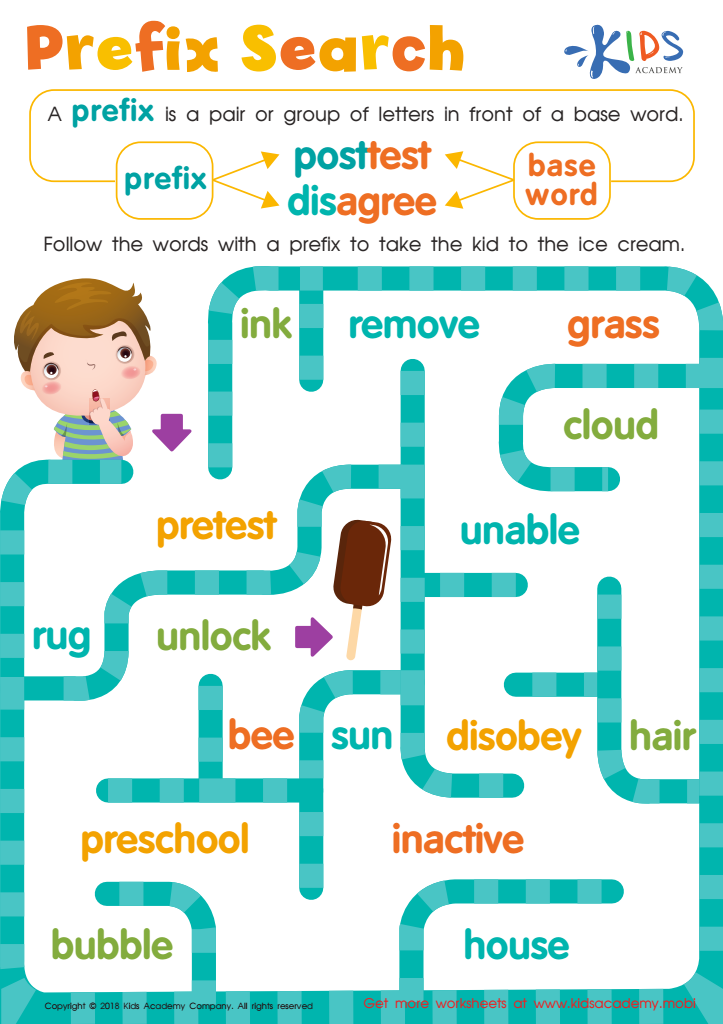

Reading: Prefix Search Worksheet


Contractions: In the Countryside Worksheet
Vocabulary building in young children aged 3-9 is crucial for their overall development and future success. It forms the foundation for reading, writing, and effective communication. At this stage, children are exceptionally receptive to language, making it an ideal time for parents and teachers to engage in vocabulary enrichment activities.
Firstly, a robust vocabulary enhances comprehension skills. When children understand more words, they can better grasp stories and instructions, leading to improved academic performance. Moreover, strong vocabulary skills enable children to express their thoughts, emotions, and ideas clearly, building their confidence in social interactions and discussions.
In addition, vocabulary development is closely linked to cognitive skills. As children learn new words, they also learn to categorize and connect concepts, reinforcing critical thinking abilities that are essential throughout their educational journey.
Furthermore, activities aimed at vocabulary building can be fun and interactive, involving games, storytelling, and songs, which foster a love for learning right from an early age. Ultimately, investing time in vocabulary building during these formative years sets children on a path toward lifelong learning, higher literacy levels, and better communication skills, making it a vital focus for both parents and educators.

 Assign to My Students
Assign to My Students





